Olympus OM-D E-M10 III – A street photographer’s review
INTRODUCTION
Street photography is a demanding genre – both for the photographer and the camera. For years, I worked exclusively with film cameras.
Street photography is a demanding genre – both for the photographer and the camera. For years, I worked exclusively with film cameras.
As my professional work started to take over more and more of my time, I decided to get myself a capable, take-everywhere camera to keep my street photography going while at the same time cutting down processing/scanning times that come with film.
The key features I was looking for were:
– small, stylish form factor
– viewfinder (electronic or analogue
– tilt screen
– quiet operation
– good autofocus, as well as manual focus options
– reasonably priced
– small, stylish form factor
– viewfinder (electronic or analogue
– tilt screen
– quiet operation
– good autofocus, as well as manual focus options
– reasonably priced
Shooting Olympus for my professional work, it was only natural for me to look at what they had to offer. Nonetheless, even if I were not an Olympus shooter in the first place, the OM-D E-M10III is the model that would have ticked all the boxes.
So I bought the E-M10III at a local camera shop about a year ago, and now, 20.000 shutter actuations later, it is time for a review, I’d say.
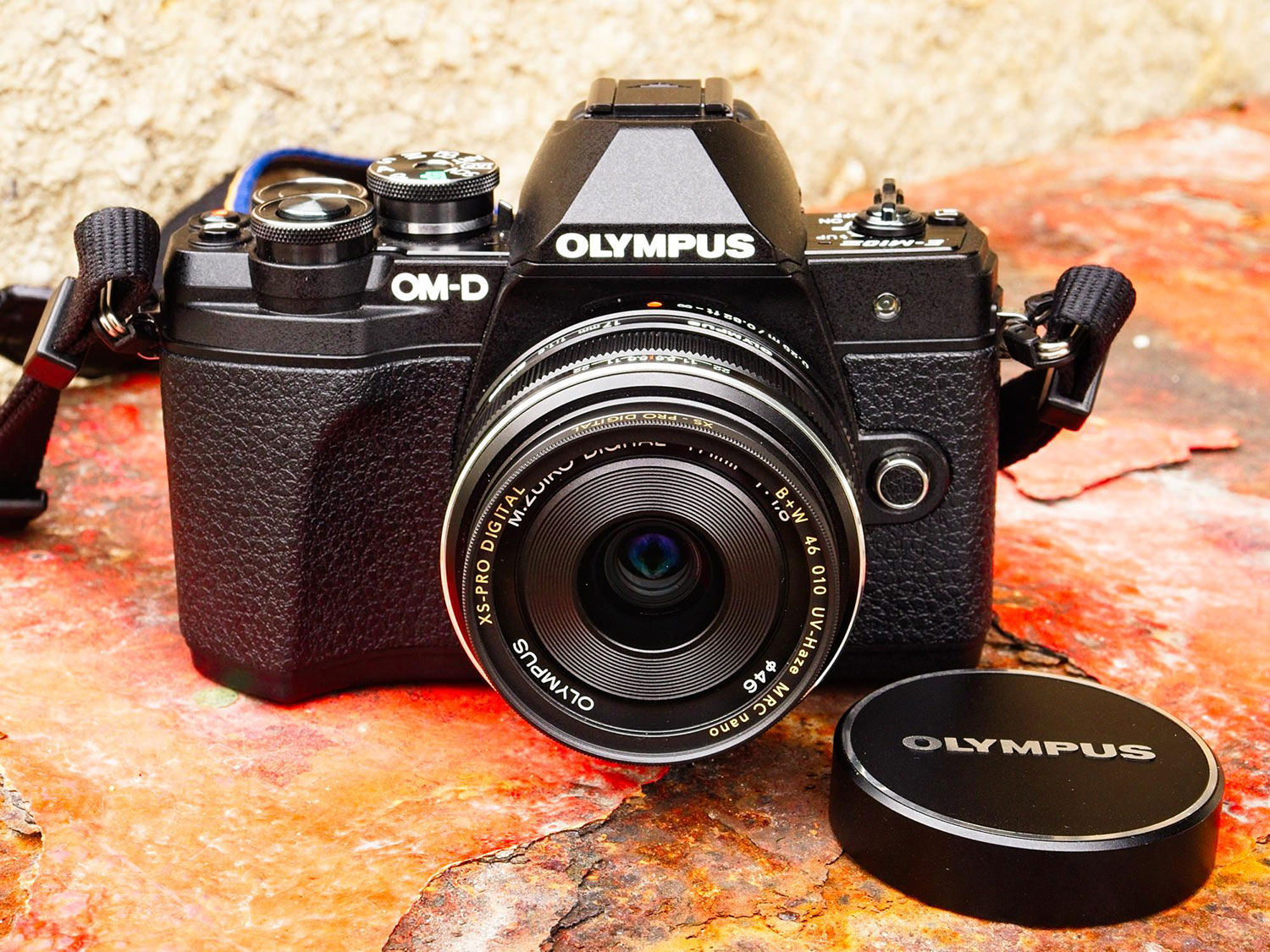
BODY, DESIGN AND BUILD QUALITY
The body is well-designed and light-weight – the slightly retro look and the small form factor are perfect for street shooting, not intimidating the subjects and giving off a touristy-hipstery vibe.
The body is well-designed and light-weight – the slightly retro look and the small form factor are perfect for street shooting, not intimidating the subjects and giving off a touristy-hipstery vibe.
It is mostly made out of high-density plastic, which does not feel as good as a metal body, but I have no complaints regarding durability so far. All the dials and buttons are still “clicky” like on the first day.
The camera is not weather-sealed, but I exposed mine to some raindrops and it still works fine. Either way, as most of my film camera bodies I use for street are not splashproof as well, this does not feel like a major drawback to me.
USABILITY
The rear screen can be turned at an angle, making shots from the hip very easy. Combined with the touch AF, this is a truly amazing feature for any street photographer.
The rear screen can be turned at an angle, making shots from the hip very easy. Combined with the touch AF, this is a truly amazing feature for any street photographer.
Olympus cameras are known for extensive customization options and complex menus. As the E-M10 is geared towards beginners getting into “serious” photography, Olympus decided to strip down the options. I would dislike that in their professional models, but for street photography camera, I actually prefer it.
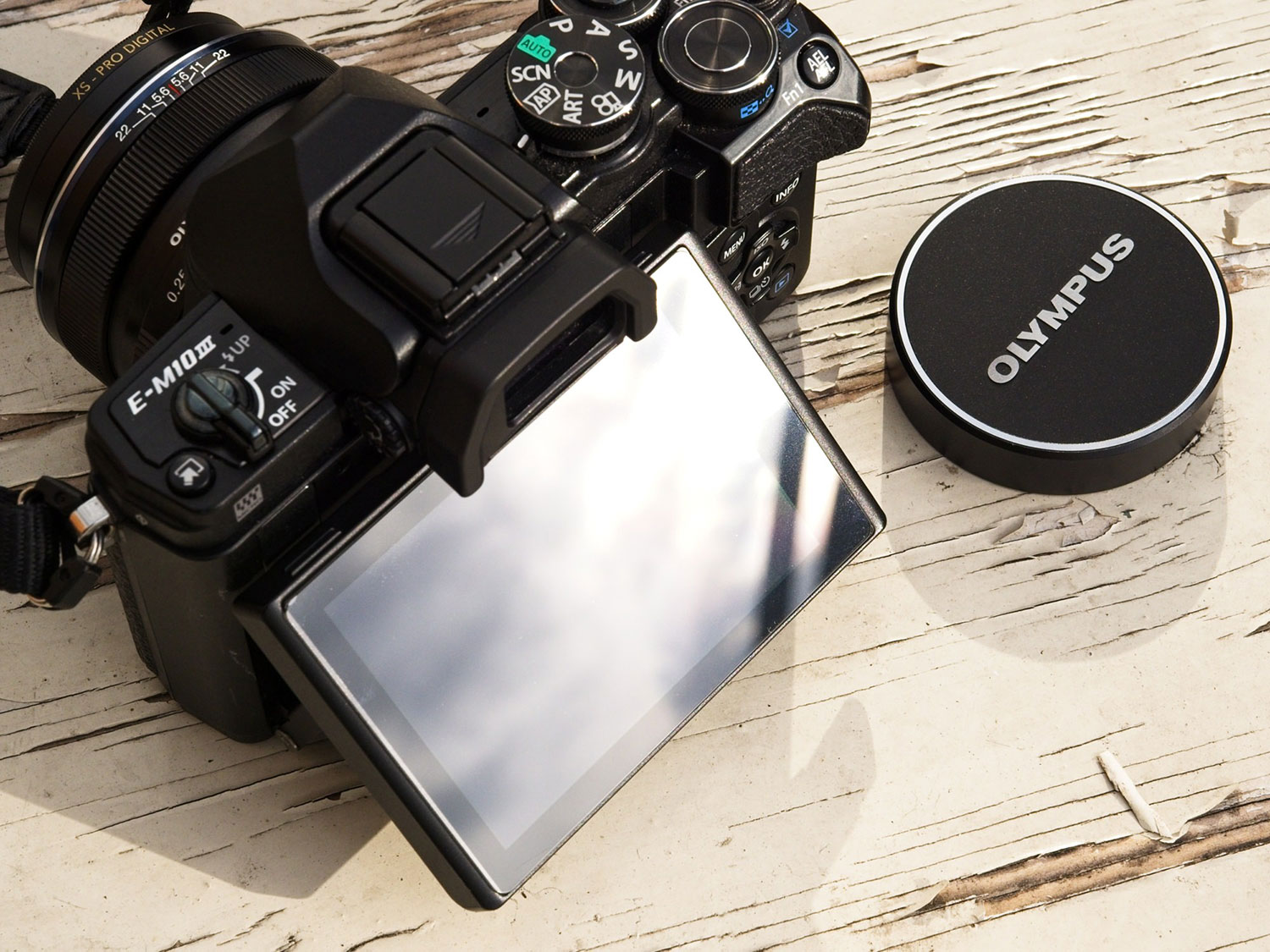
With three BLN-1 batteries in total, I never found myself out of juice during one-day photo walks. In fact, I almost never needed the third battery, but it was always there for peace of mind. As the BLN-1 batteries are small in size, taking three of them along, is not an issue. They fit into every pocket.
RIGHT: The inside of the card/battery compartment is reinforced with metal
IMAGING FEATURES & AUTOFOCUS
The 16MP sensor hits the sweet spot for me – it records enough information to do a 2x crop and still get a decent print, while the files are still small enough to ensure smooth processing even on older PCs/smartphones.
The 16MP sensor hits the sweet spot for me – it records enough information to do a 2x crop and still get a decent print, while the files are still small enough to ensure smooth processing even on older PCs/smartphones.
A quick remark: Years ago, I shot one of my major projects with a 16MP OM-D E-M5. The photos for the exhibitions were printed 50x70cm at least and were sometimes quite heavily cropped – quite a few visitors (some of them photographers themselves) asked me which camera I used as the image quality was “so good” according to their perception.
Regarding noise performance, I would use it up to ISO3200 without hesitation and go up to ISO6400 if needed.
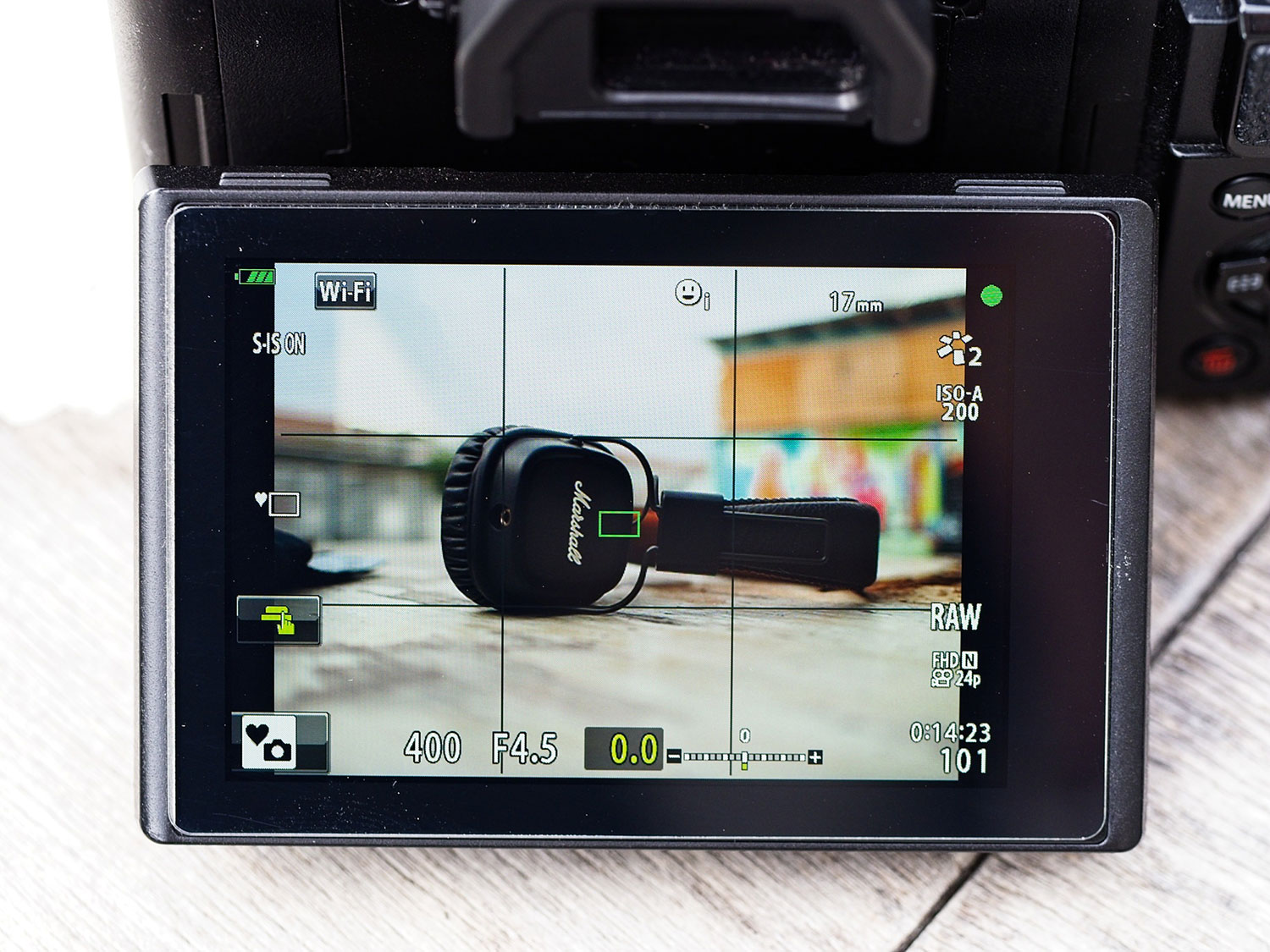
When shooting street, quickly moving the camera around to capture an interesting scene often caused me to accidentally blur a shot. Olympus’s well-known image stabilization is a great countermeasure to that and it works well in the OM-D E-M10III. The Autofocus is fast and very accurate. I found it to be more than adequate for street photography. It is important to note that I primarily use S-AF and manual focus, I have not really tested the C-AF performance.
OTHER
The electronic shutter (silent shutter) is only available in the “Advanced Photo” mode. As I mentioned before, the E-M10III is the entry-level EVF-camera in Olympus’s lineup. To make things easier for beginners, some of the functions were moved to the “Advanced Photo” mode. This means that the electronic shutter can only be used in “Program” mode, as in the “Advanced Photo” mode no other exposure modes can be selected. While an understandable choice given the camera’s target audience, this is a downside for experienced street shooters, who might prefer other exposure modes like aperture priority. Good thing is that the mechanical shutter is not that loud, although louder than the mechanical shutter on the Olympus E-M1II for example.
The electronic shutter (silent shutter) is only available in the “Advanced Photo” mode. As I mentioned before, the E-M10III is the entry-level EVF-camera in Olympus’s lineup. To make things easier for beginners, some of the functions were moved to the “Advanced Photo” mode. This means that the electronic shutter can only be used in “Program” mode, as in the “Advanced Photo” mode no other exposure modes can be selected. While an understandable choice given the camera’s target audience, this is a downside for experienced street shooters, who might prefer other exposure modes like aperture priority. Good thing is that the mechanical shutter is not that loud, although louder than the mechanical shutter on the Olympus E-M1II for example.
To end on a high note, setting up a WiFi connection to a smartphone is hassle-free. Sometimes I like to share pictures straight to Instagram, so I’m happy that it works so easily.
RIGHT: Offering a versatile zoom range, the 14-42mm extends automatically when the camera is switched on.
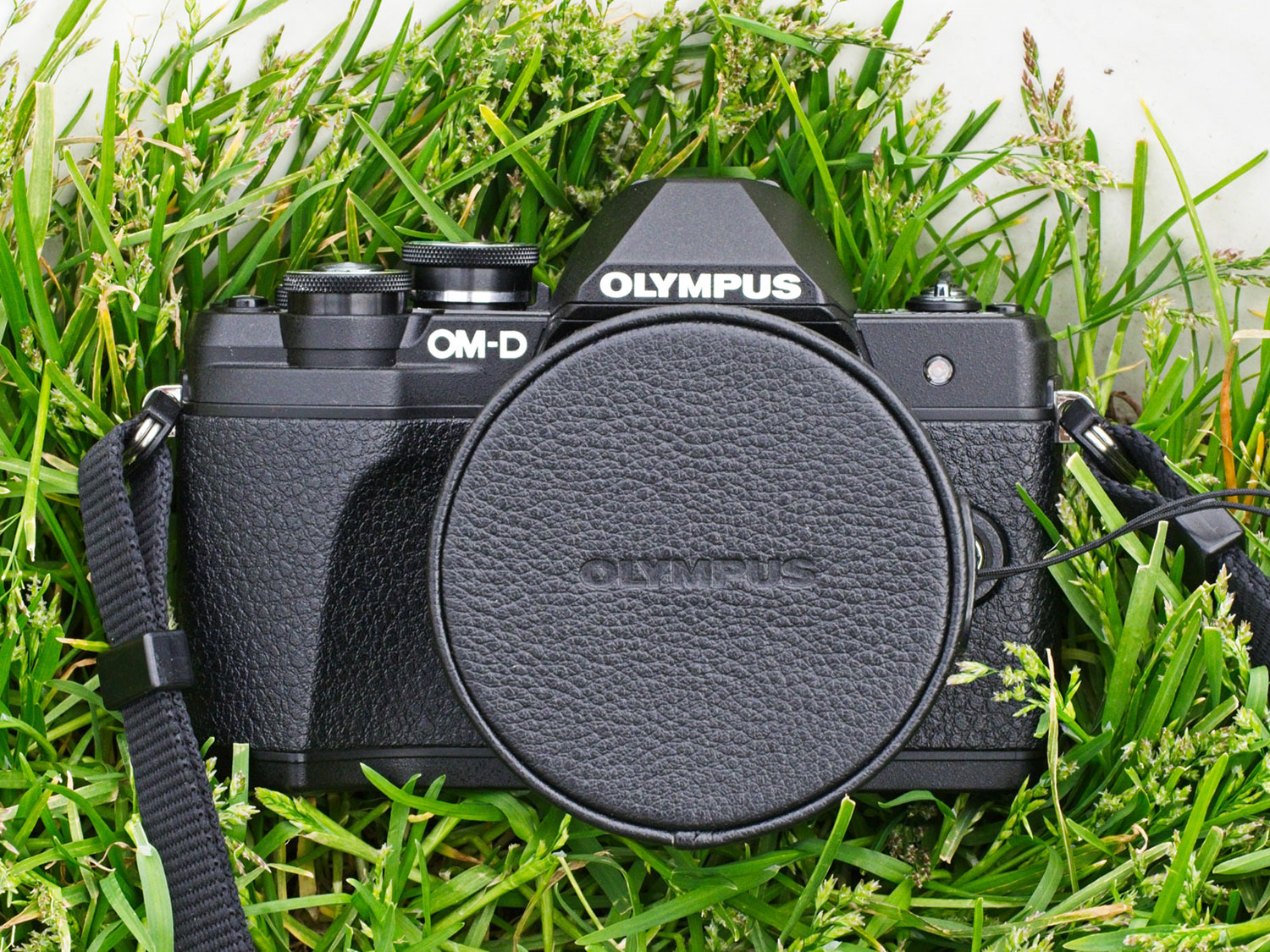
THREE STREET PHOTOGRAPHY HACKS TO TRY WITH THE OM-D E-M10 III
1. TWO PRIMES IN ONE
On the top plate, there is a small button with a magnifying glass. As a factory default, it turns on the digital zoom. This is not a feature any serious photographer would ever use, or is it?
On the top plate, there is a small button with a magnifying glass. As a factory default, it turns on the digital zoom. This is not a feature any serious photographer would ever use, or is it?
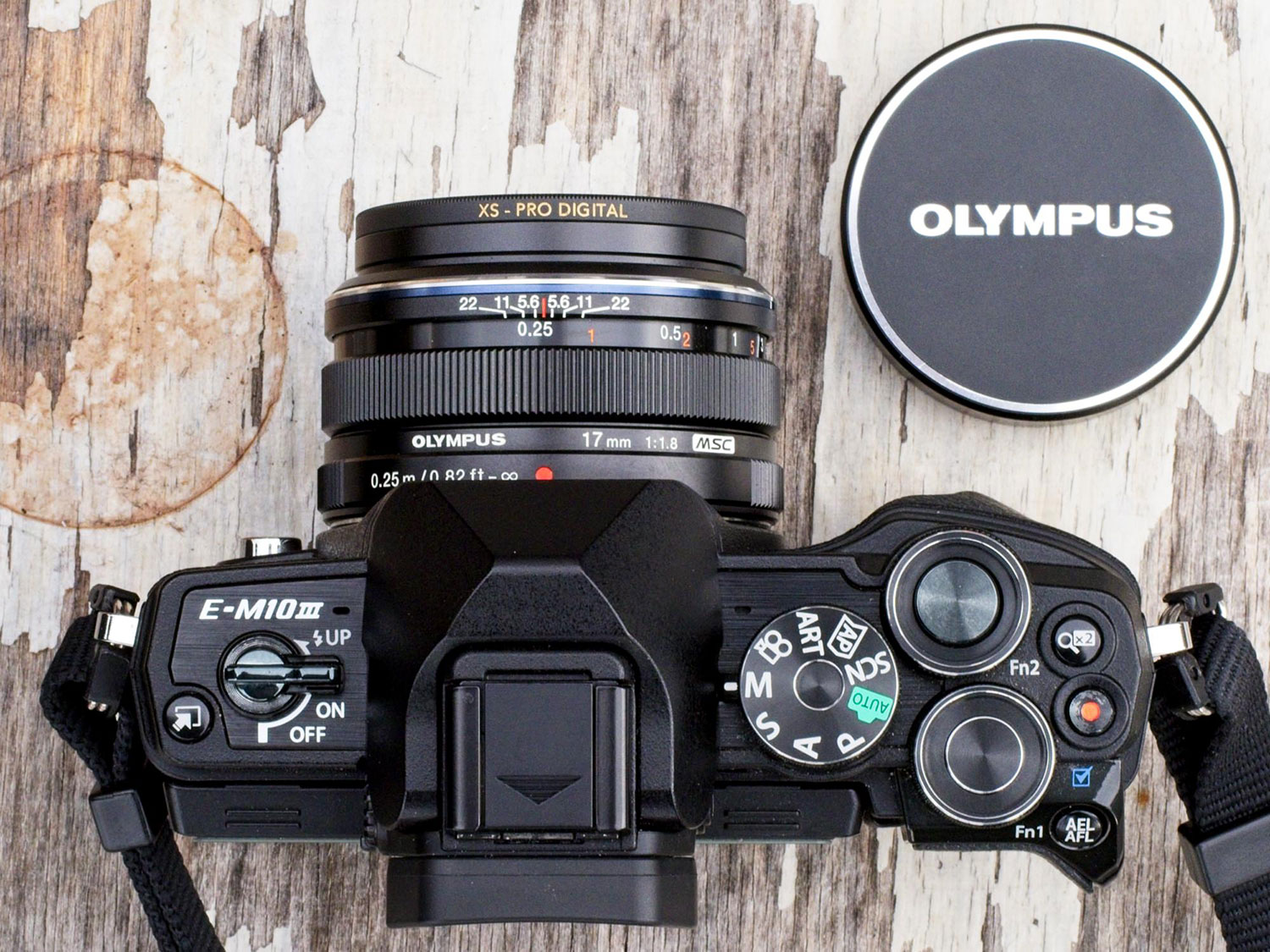
My favourite prime lens for street/documentary photography is the M.Zuiko Digital 17mm f/1.8, which gives you a 35mm-equivalent field of view. It is a gorgeous, all-metal prime lens that can handle every shooting situation you throw at it – but then I stumbled across situations when the 17mm (aka 35mm) was just too wide.
A quick tap of the button – boom – you just turned the 17mm into a 34mm (aka 70mm). This is not only useful for manual focusing, but gives you significantly more reach without changing lenses. And I always found the resulting out-of-camera 16MP JPG more than sufficient. Yes, you read correctly: The camera automatically interpolates the JPG to full resolution. How cool is that!
There is a loss of image quality, of course, but when shooting RAW, you can always “zoom out” to 17mm (aka 35mm) in post.
2. SILENT BUT DEADLY (AND FUN)
I already complained about the “Advanced Photo” mode you have to select in order to use the electronic (noiseless) shutter. Now, here is a setup I had a lot of fun with:
I already complained about the “Advanced Photo” mode you have to select in order to use the electronic (noiseless) shutter. Now, here is a setup I had a lot of fun with:
– Set the camera to [Advanced Photo] and select [Silent]
– Turn face-detect “ON”
– Turn face-detect “ON”
That’s it – you just set up your camera to “care-free” mode – it will automatically choose the shutter speed and aperture (as it is in Program mode), the shutter is completely silent and the AF-mode is set to all-AF fields active.
When you focus, the camera should either focus on the closest face it is able to detect or clearly display you a couple of AF-points indicating which parts of the image are in critical focus.
This works very well and you are guaranteed to have a fun Point-and-Shoot street photo experience!
RIGHT: SCP-Settings for “Silent but Deadly”
3. MANUAL FOCUS ZONE MADNESS
Although the AF is fast, moving the AF-point around or doing the center-AF-recompose thing might take too long to get the shot. That is why I came up with the following setup:
Although the AF is fast, moving the AF-point around or doing the center-AF-recompose thing might take too long to get the shot. That is why I came up with the following setup:
– Choose manual exposure mode and set the camera to the desired shutter speed (e.g. 1/500 for freezing most movements on the street) and an aperture that gives you quite a lot of depth of field. I recommend at least f/4 when shooting a 17-25mm (aka 35mm to 50mm equivalent). Note that the longer the focal length, the further you have to stop down.
– Set the camera to “Auto-ISO”. The camera now will only change the ISO ensuring a perfect exposure every time, while the aperture and shutter speed stay the same.
– Set the AF to MF or engage the MF-clutch on your lens, if available.
– Set the camera to “Auto-ISO”. The camera now will only change the ISO ensuring a perfect exposure every time, while the aperture and shutter speed stay the same.
– Set the AF to MF or engage the MF-clutch on your lens, if available.
Now, don’t bother with focus peaking or anything. Just look through the low-latency viewfinder, quickly focus so your subject looks reasonably sharp. Depth of field will take care of the rest, very similar to zone focusing your lens. I found this to be a quick, highly effective way of street shooting.
SAMPLE IMAGES – MONOCHROM
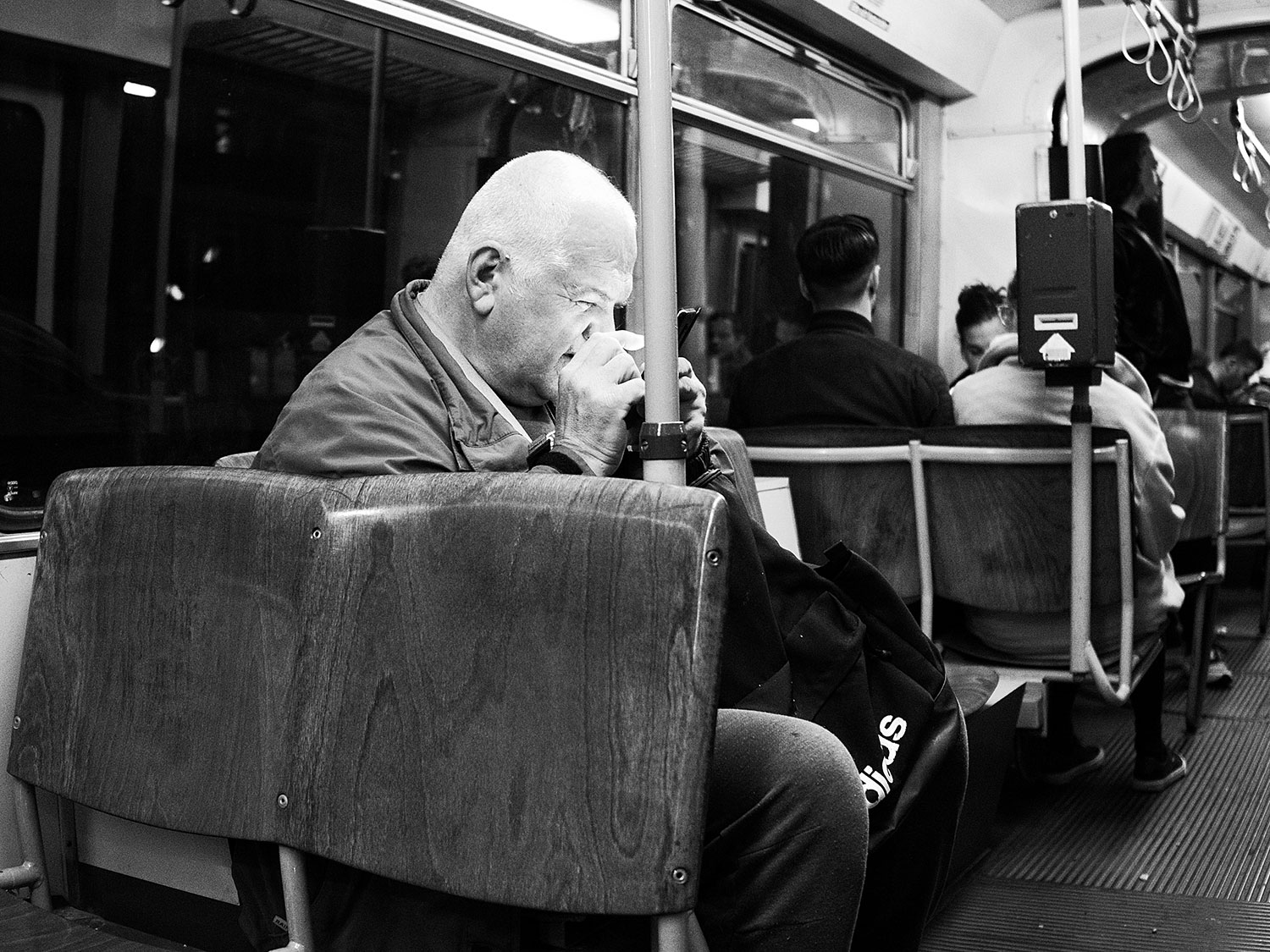
Crop, no noise reduction
RIGHT: Olympus E-M10 MK III . Olympus M.Zuiko 14‑42mmF3.5‑5.6 @38mm . f/7.1 . 1/320″ . ISO 200
The sensor handles the high contrast situation very well
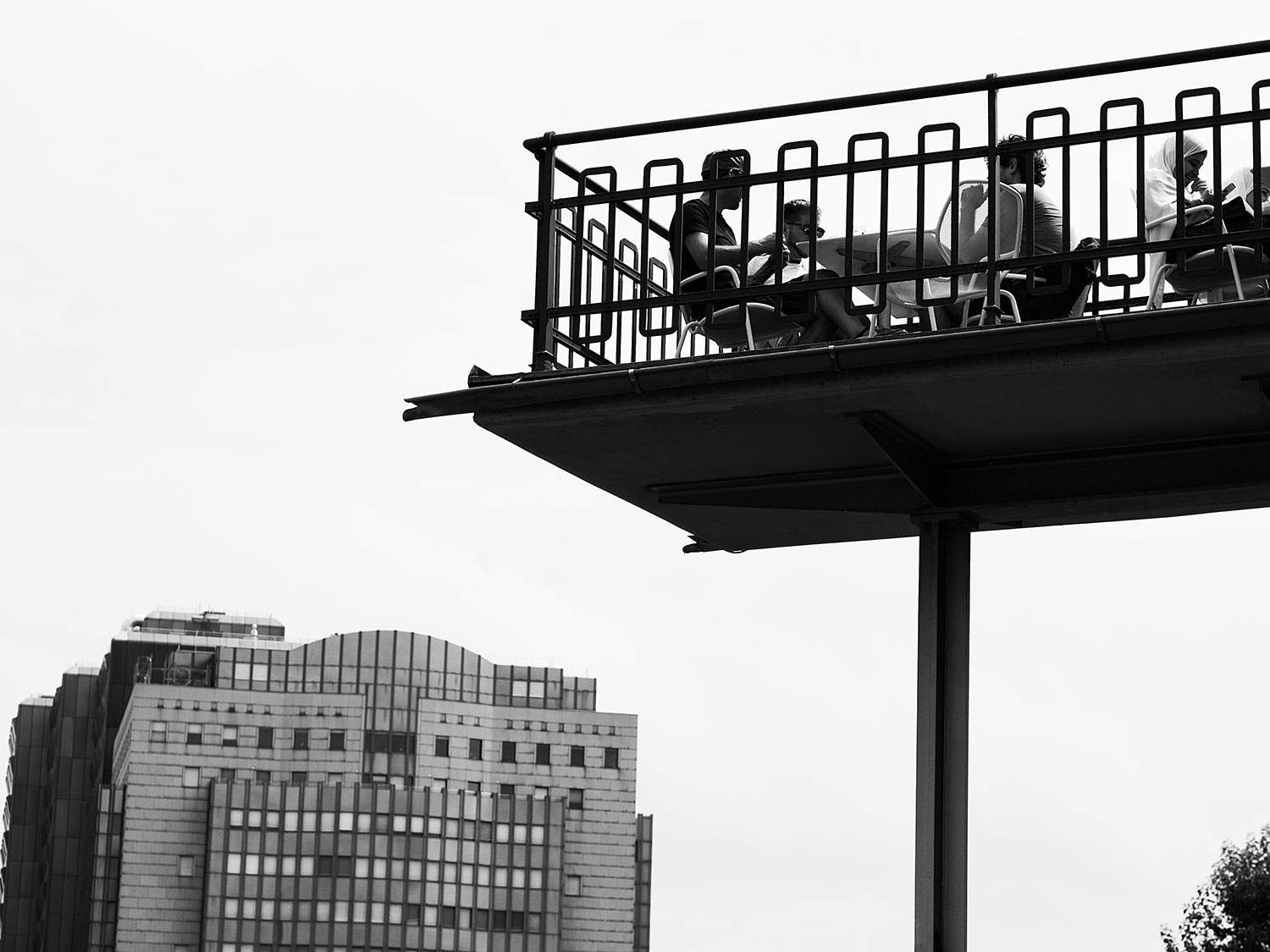
No crop, high contrast situation
RIGHT: Olympus E-M10 MK III . Olympus M.Zuiko 17mmF1.8 . f/2.0 . 1/60″ . ISO 400
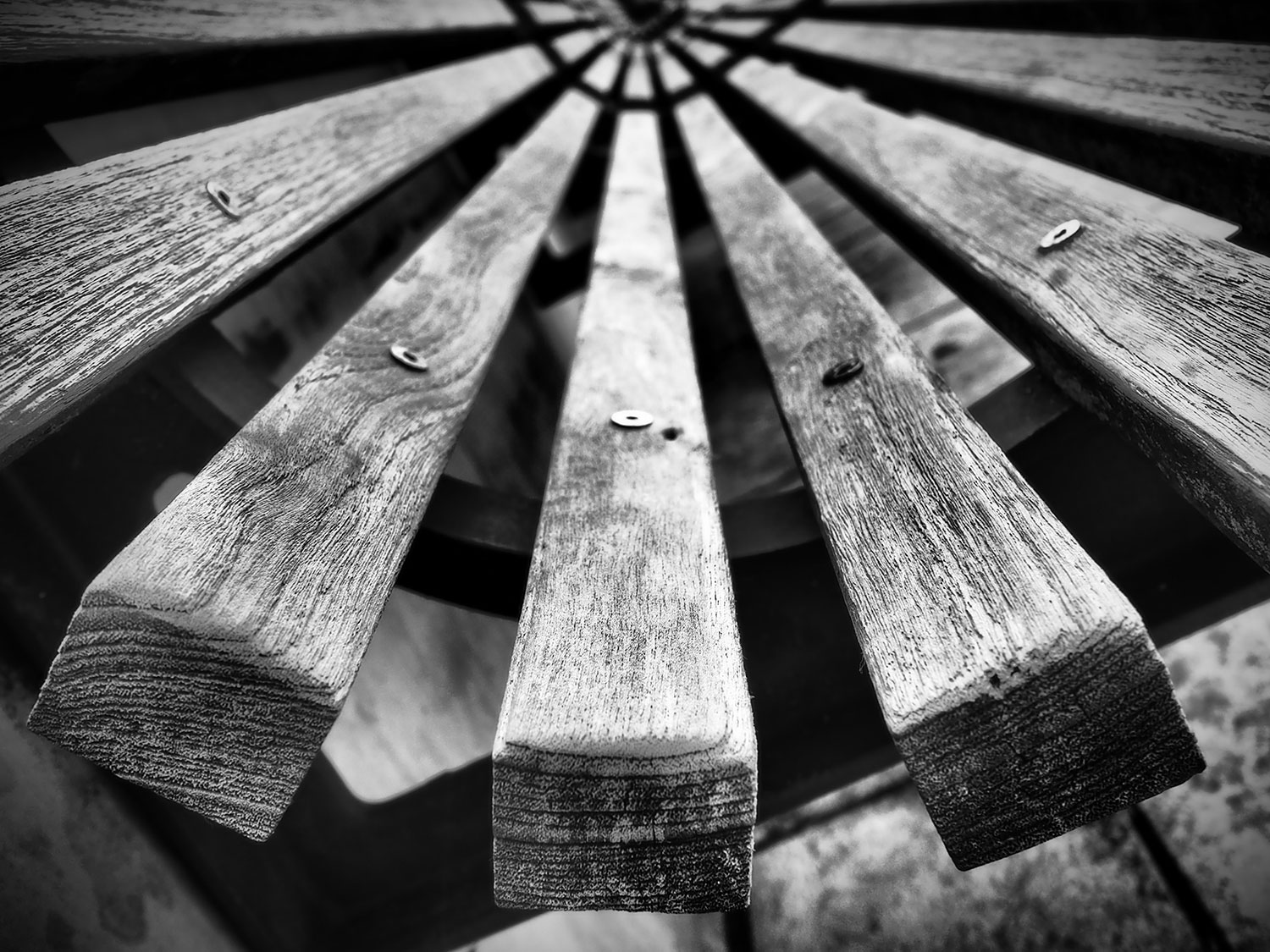
Art filter “Dramatic Tone”, Out of the camera Jpeg
SAMPLE IMAGES – COLOUR
Slightly cropped
RIGHT: Olympus E-M10 MK III . Olympus M.Zuiko 17mmF1.8 . f/2.2 . 1/15″ . ISO 800
No crop, no noise reduction
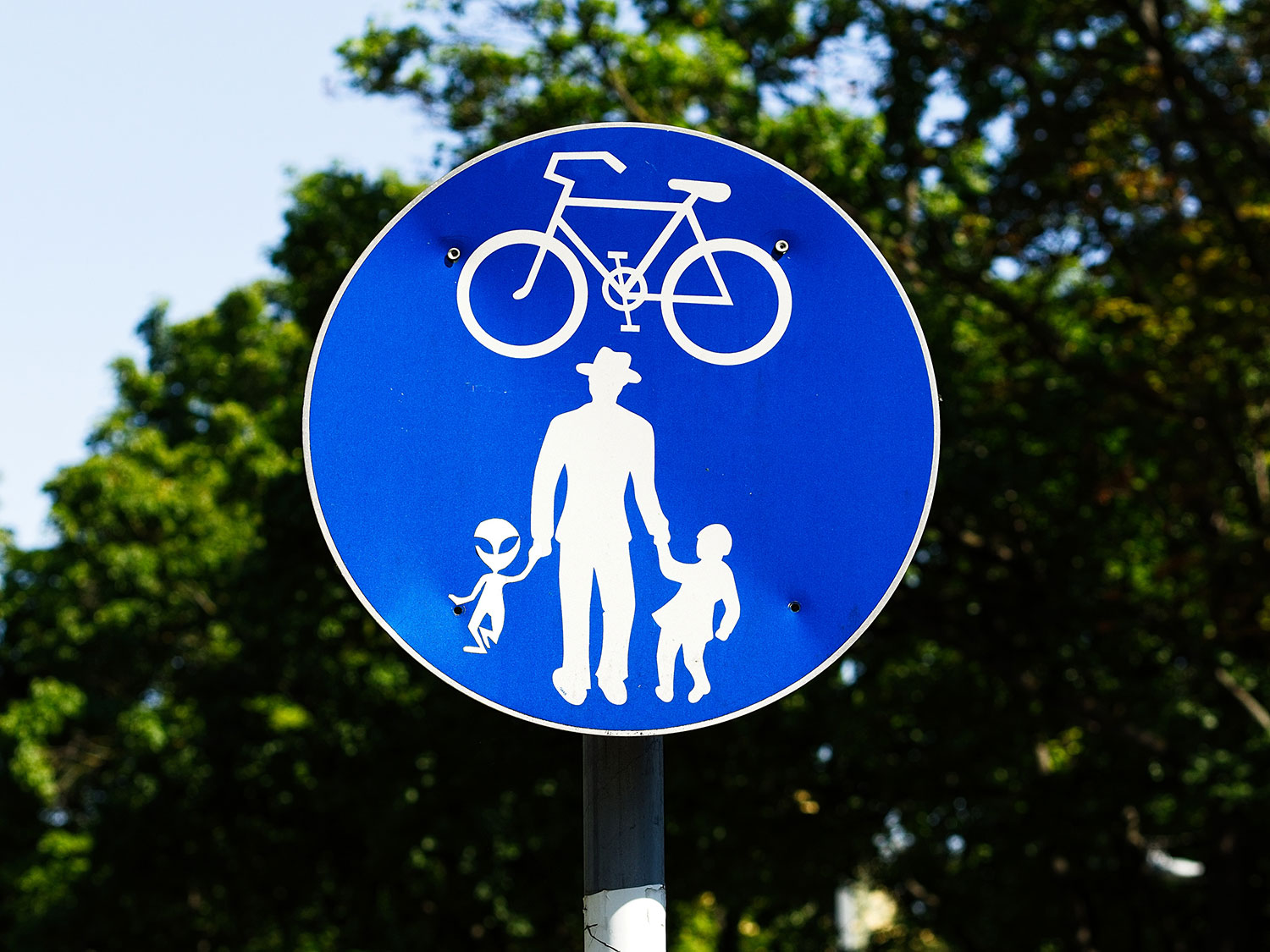
No crop
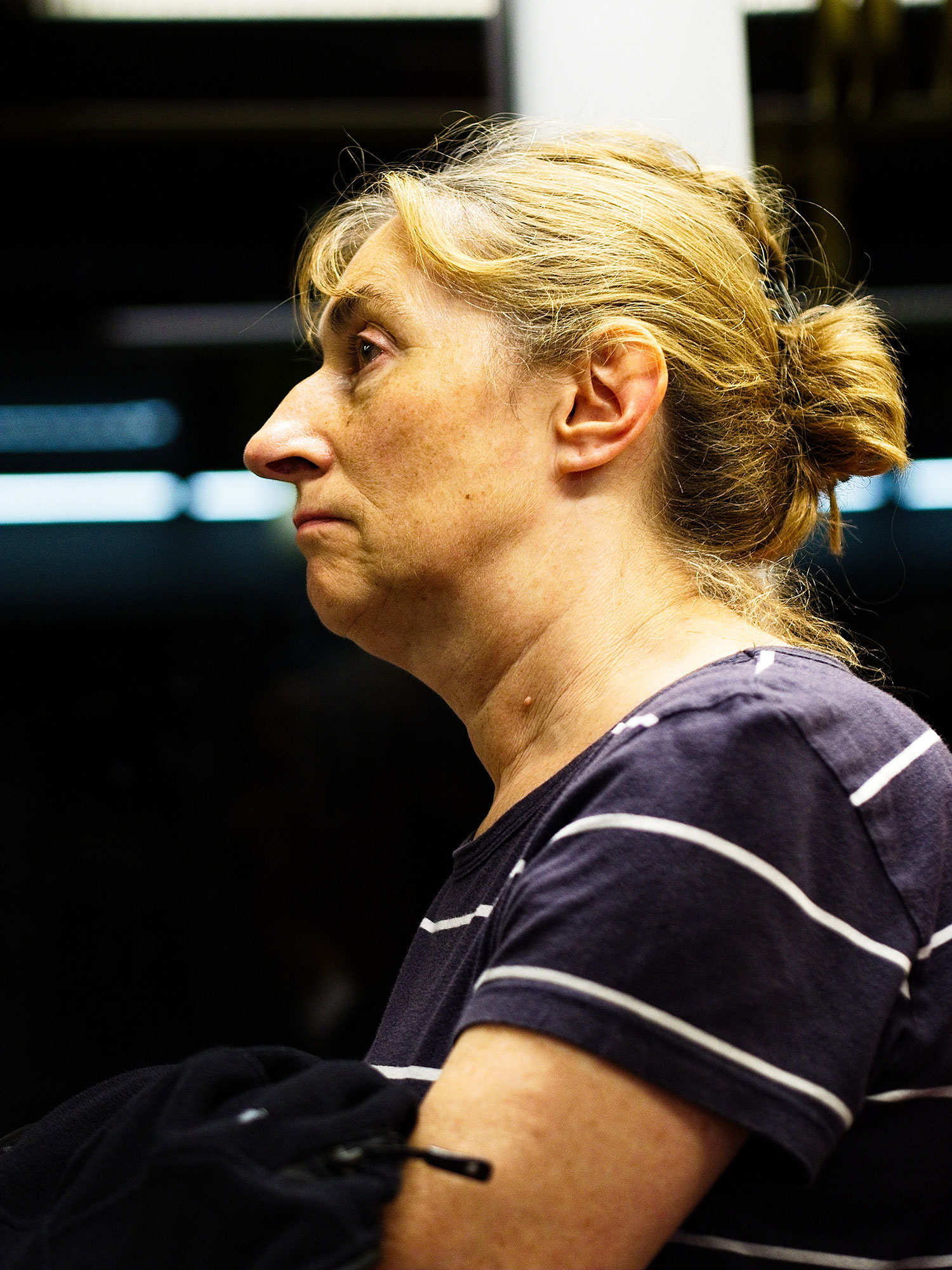
No crop, no noise reduction
VERDICT
After one year, I can definitely say that I love this camera – a lot! I have it with me almost every day, during every trip, it is my party companion, it is always there and always delivers.
After one year, I can definitely say that I love this camera – a lot! I have it with me almost every day, during every trip, it is my party companion, it is always there and always delivers.
Pair it with the M.Zuiko Digital 17mm f/1.8 and you got yourself a classic, fun setup that will definitely perform and get the street photography job done, for comparatively very little money.
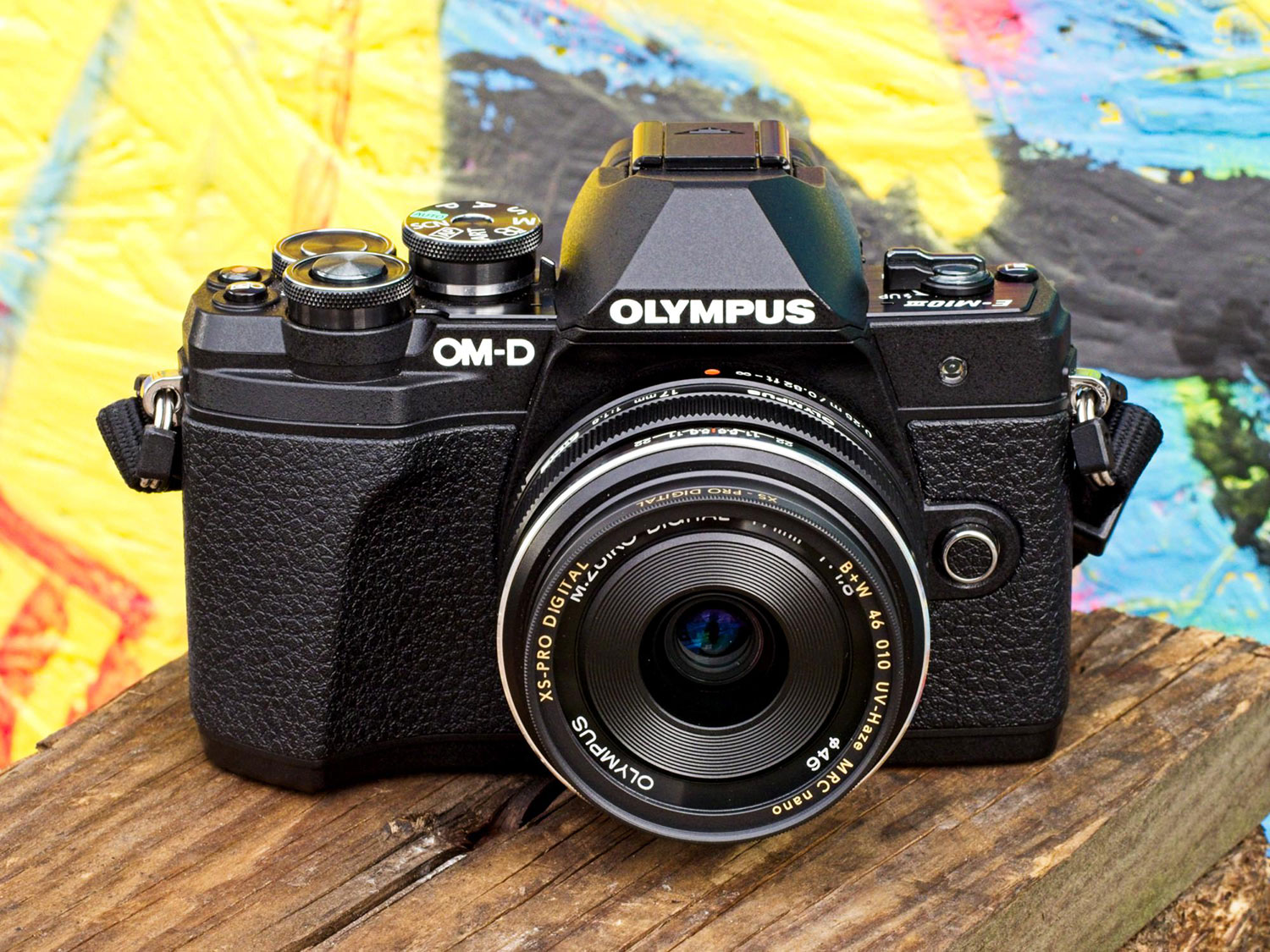

Influenced by his father, he came into contact with photography at the age of eight. His works are centered around the antipodes of the seemingly timeless and the irreversible fading moment.
Thomas uses a variety of photographic formats and mediums to capture these fading moments.
www.thomaseisl.photography/
www.instagram.com/thomaseisl.photography/
www.instagram.com/thomaseisl.street/

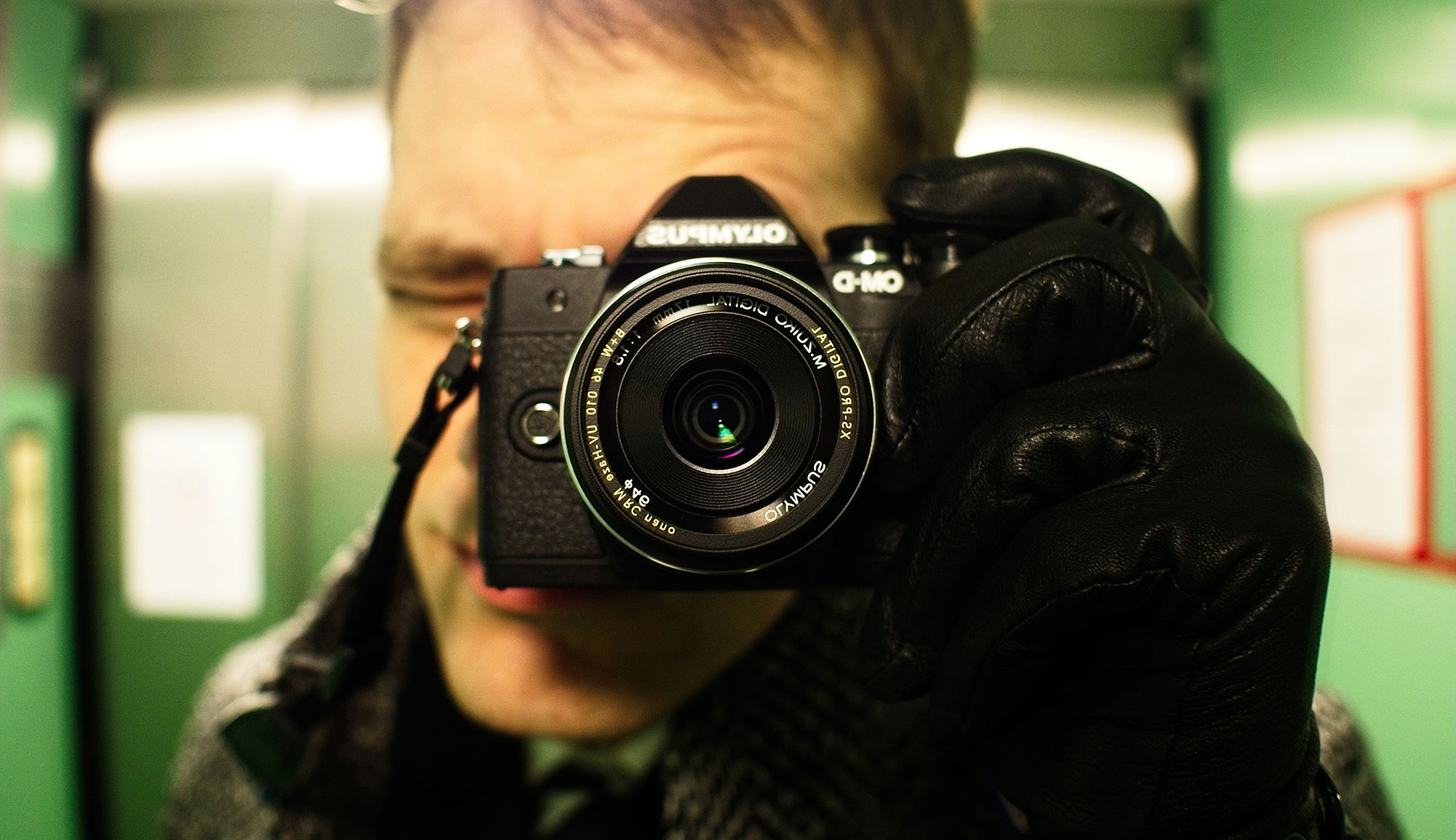


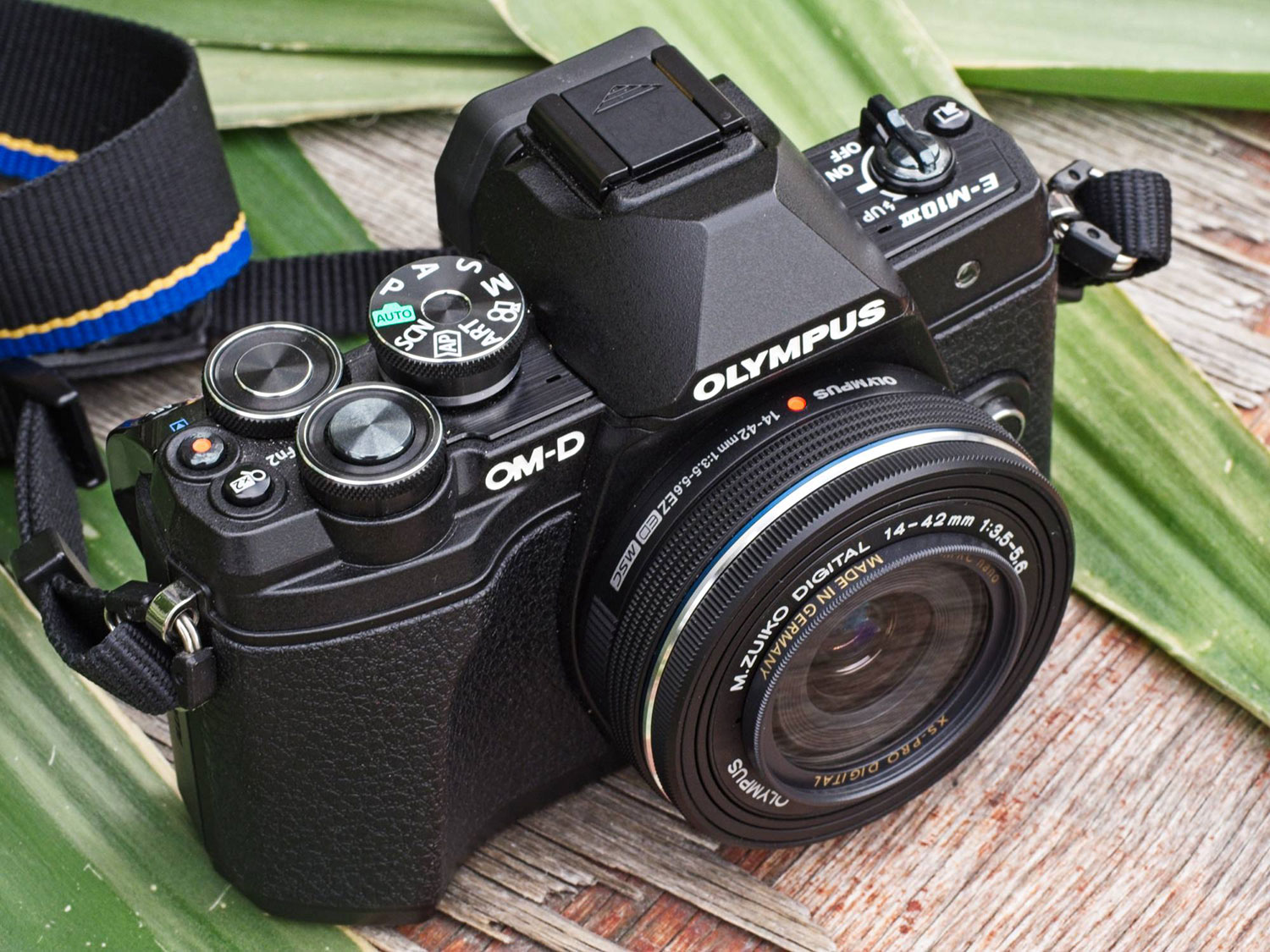



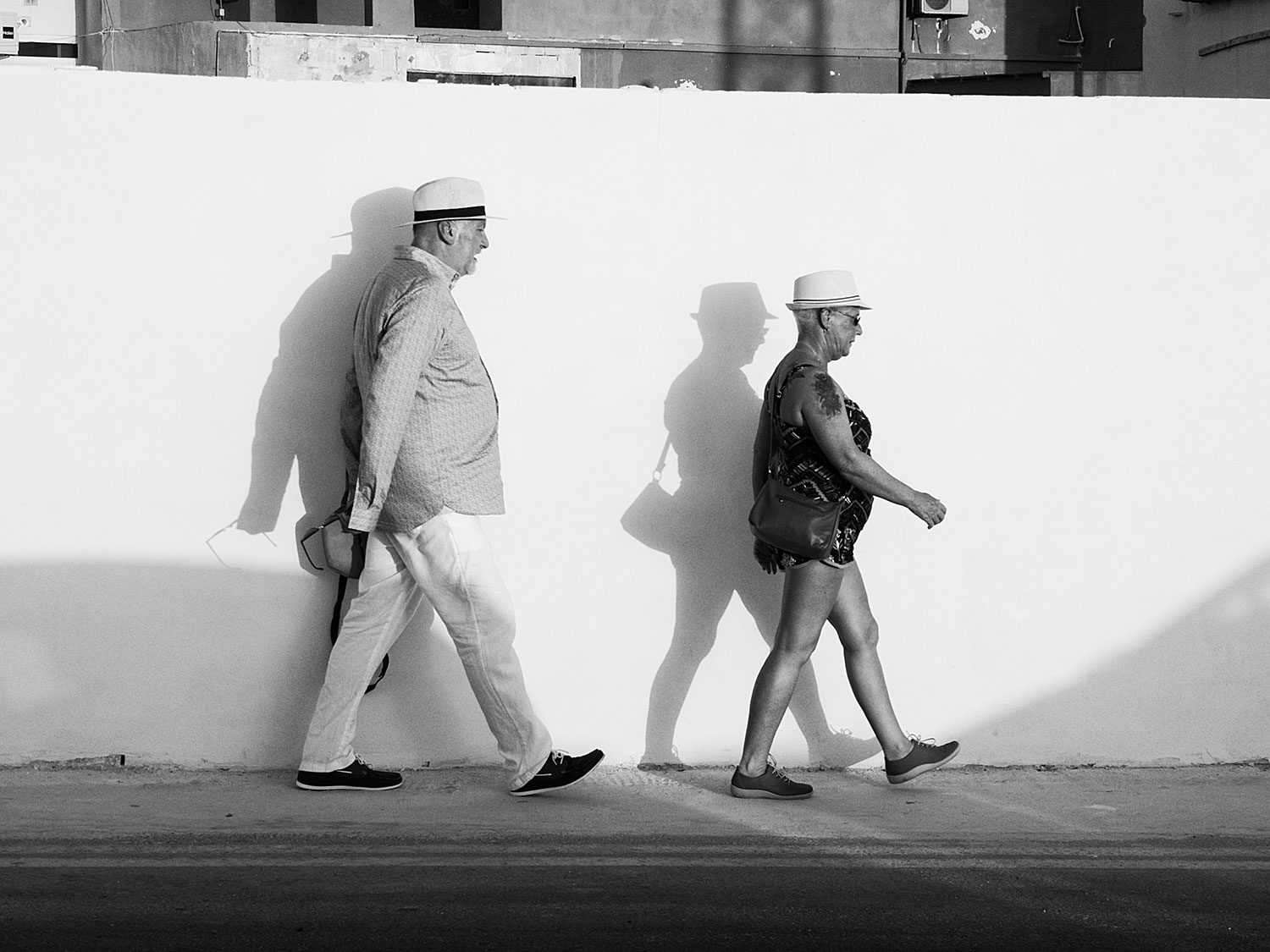




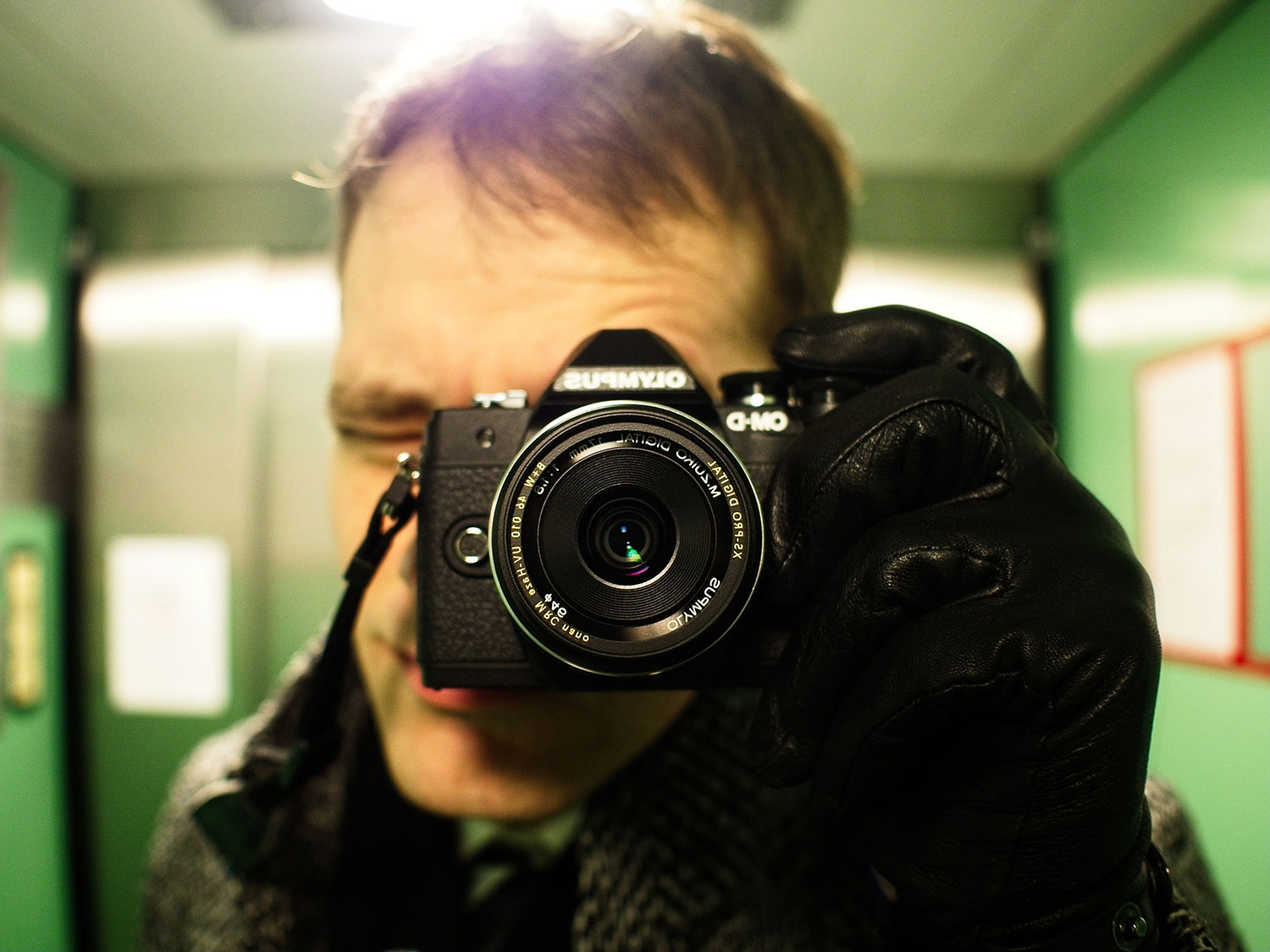


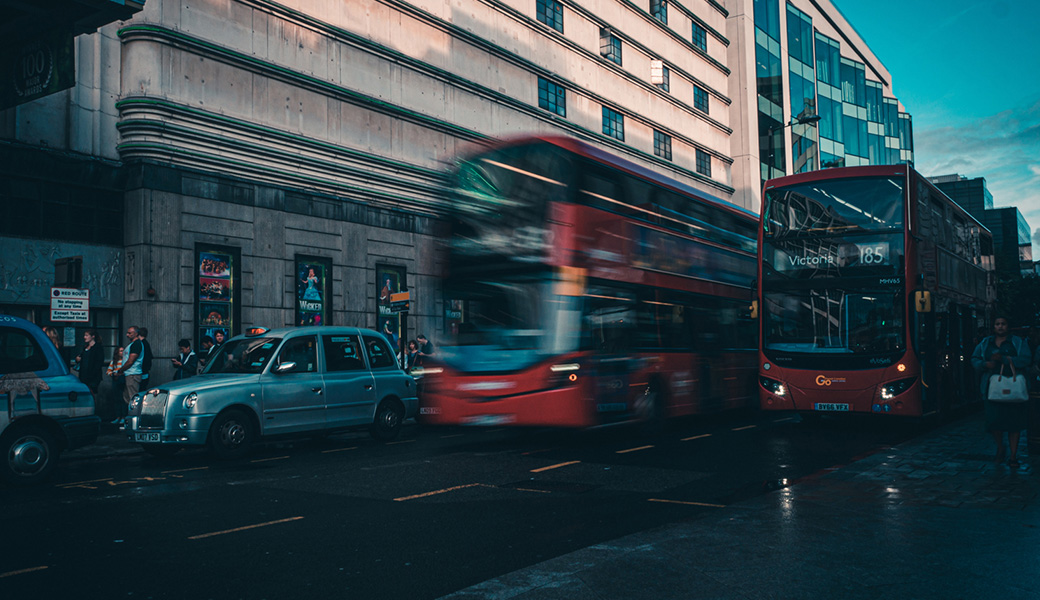
abby
November 13, 2020 @ 19:36
great info. Just purchased this camera M 10 iii and still just going out shooting in different modes by way of experiment.
Your post was inspirational.
Big thank you
Thomas Eisl
November 14, 2020 @ 15:04
Thank you Abby, you definitely chose a great camera – let’s make sure to share your work! Cheers 🙂
gARThibiza
April 11, 2022 @ 08:30
As a photographer of many years, the best advice is, use what works comfortably FOR YOU. I also use the Olympus cameras, primarily because I like and therefore WANT to use it. The tiny Olympus E PL8 with the same 17mm lens is even more compact/unobtrusive, with most of the same features, and has given me images I can sell at art shows. My previous Sony gave great results also, but I just didn’t enjoy using/carrying it.
Thomas Eisl
April 11, 2022 @ 08:31
Absolutely! Thanks for the comment!
Daniel Schnall
August 28, 2022 @ 00:03
There are very few comments/reviews on the em10 iiiS which has a true silent mode independent of the AP mode. Can someone comment on this camera which to my mind, would be even more versatile at street shooting. Olympus released this model some time after the iii. They should have made a firmware update for the original to bring it up to specifications.
Nadine
August 29, 2022 @ 21:49
Great review, thank you!
I wonder, if the Lumix LX100-II would work just as good? It’s even a bit smaller, has a sharp and fast 24-75mm (equiv.) lens, and having a leaf shutter is very useful if you use flashlight.
It’s quite old, but I guess it won’t get a successor.
Thomas Eisl
August 31, 2022 @ 08:29
Thanks!
First, I would not worry about the age – I’ve worked with the LX100 I and it was already a fantastic camera. However, the lens is not very well sealed and it is a common issue that dust gets inside causing visible image defects. Repair is impossible as the whole lens unit has to be trashed. So I don’t know how this is with the Mark II but knowing that, I decided to get an E-M5I classic with a 14mm 2.5II by Panasonic instead. I can change components if something breaks and the M5 is just so inexpensive on the used market. Of course, you don’t get the zoom – but also consider the 14-42 EZ which is actually quite good!
Rob
April 24, 2023 @ 07:29
Found this info re: the Mark3 ‘S’ model.
Rather than beating around the bush, we’ll get straight to the point: the OM-D E-M10 Mark IIIs is the OM-D E-M10 Mark III with a new silent shooting mode and a new ‘Instant Film’ art filter mode. Aside from these two small updates, the camera is otherwise unchanged from its predecessor. Absolutely nothing, inside or out, has changed, including the 16 Megapixel sensor, 5-axis sensor-shift IS and 121-point contrast-detection autofocus.
I have two EM10’s – I have never seen this ‘S’ model in Australia.
Steve Parry
March 19, 2023 @ 15:45
I believe, though I may be mistaken, that the EM10 Mark 2 that I have has the electronic shutter available without going into “advanced” mode.
Thomas Eisl
March 19, 2023 @ 16:12
Yes, you are right about that!
Francis Bacon
April 25, 2023 @ 06:20
How did you manage to shoot that lady photo at ISO 1250 with almost no noise ? I had EM1 Mk1 and it was so noisy at ISO 800+
Another question. Also would you know how much ISO invariance does this sensor has ? Can I underexpose by 2 stops and fix the exposure in Post processing without gaining any noise ? Great images btw. Thanks for your article.
Chris
April 2, 2024 @ 09:32
I thought the camera body is water sealed, can someone confirm this?
Harold Kacanek
January 6, 2025 @ 01:30
Battery door on my Olympus 10 Mark III kept falling off and one day Iost it. It is a cheap piece of plastic that simply snaps in with plastic hinges built into the injection mold. It probably costs 5 cents to produce. I was insulted to see that that Olympus replacement part is over $50. How can that be for a weak part they made. I like the product but my opinion of Olympus is really damaged by this experience.